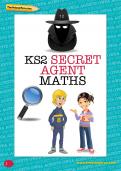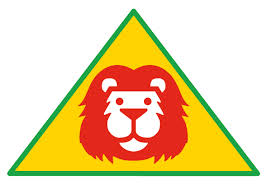How do you know if a toy is safe to buy online?

Browsing the internet can also be a great way to compare prices, discover some bargains and save money. However, if you’re buying toys for your children online, it’s worth bearing in mind that the number of dangerous toys sold to unsuspecting families is on the increase, so it’s now extra important to be aware of the dangers.


Claim four puzzle packs!
- Word Puzzle Packs
- Numeracy Puzzle Packs
- Challenging and exciting | Boost key skills
For example, did you know that if you buy a toy from a third party seller via one of the well-known online marketplaces, it might not meet UK safety standards?
Online marketplaces are simply offering a shop window to sellers around the world and aren’t legally required to check if a toy is safe before allowing it to be sold.
Toy dangers can include:
- Magnets so strong they can burn through a child’s gut if swallowed
- Long cords that can strangle a child
- Dangerous levels of chemicals
- Small parts that can choke or suffocate
- Easy access to button batteries that can get stuck in a child’s food pipe, causing internal bleeding and even death.
The Child Accident Prevention Trust's online toy-buying safety tips
If you’re able to, buy direct via the websites of well-known brand names. If you’re buying from an online marketplace, enter a reputable brand name when you search for the toy you want to be sure it’s safe.
How to spot if a toy could be unsafe:
- Remember, toys aren’t checked for safety before they’re sold by an online marketplace.
- If the price seems too good to be true, it probably is! It costs manufacturers money to make toys safe. Try to find something you can be more sure about
- Babies and toddlers put nearly everything in their mouths, which is why toys not designed for this age group need to state ‘not suitable for under 3s’ or have a warning symbol. Under 3s may choke on small parts or loose hair, so be wary of toys which feature small or loose parts and have no age warning.
- If the listing includes contradictory information about the toy (for example, it’s described as a toddler’s toy, but elsewhere it says it’s not suitable for under 12s) think again.
- Look out for suspicious reviews. If they look like they’re copied from a toy’s leaflet, sound very similar or were all written on the same day, they could be fake.
- Find out where the company is based. It’s a legal requirement to have a UK or EU address to sell toys in the UK. If the company is based outside the UK or EU, the toys may not comply with UK safety standards.
- The CE mark or Lion Mark show toys have been made to approved standards. However, some unscrupulous companies can fake them, so if you already have concerns, don’t rely on these alone.


If you’re at all worried about a toy your child has been given, keep an eye on them when they first play with it and have a closer look as soon as you can.
Shop safely and enjoy your family's new toys!
You’ll find lots more information about toy safety on the Child Accident Prevention Trust website. This includes advice on magnetic toys and button batteries. Follow the Child Accident Prevention Trust on Facebook for regular safety tips and updates.

Give your child a headstart
- FREE articles & expert information
- FREE resources & activities
- FREE homework help







